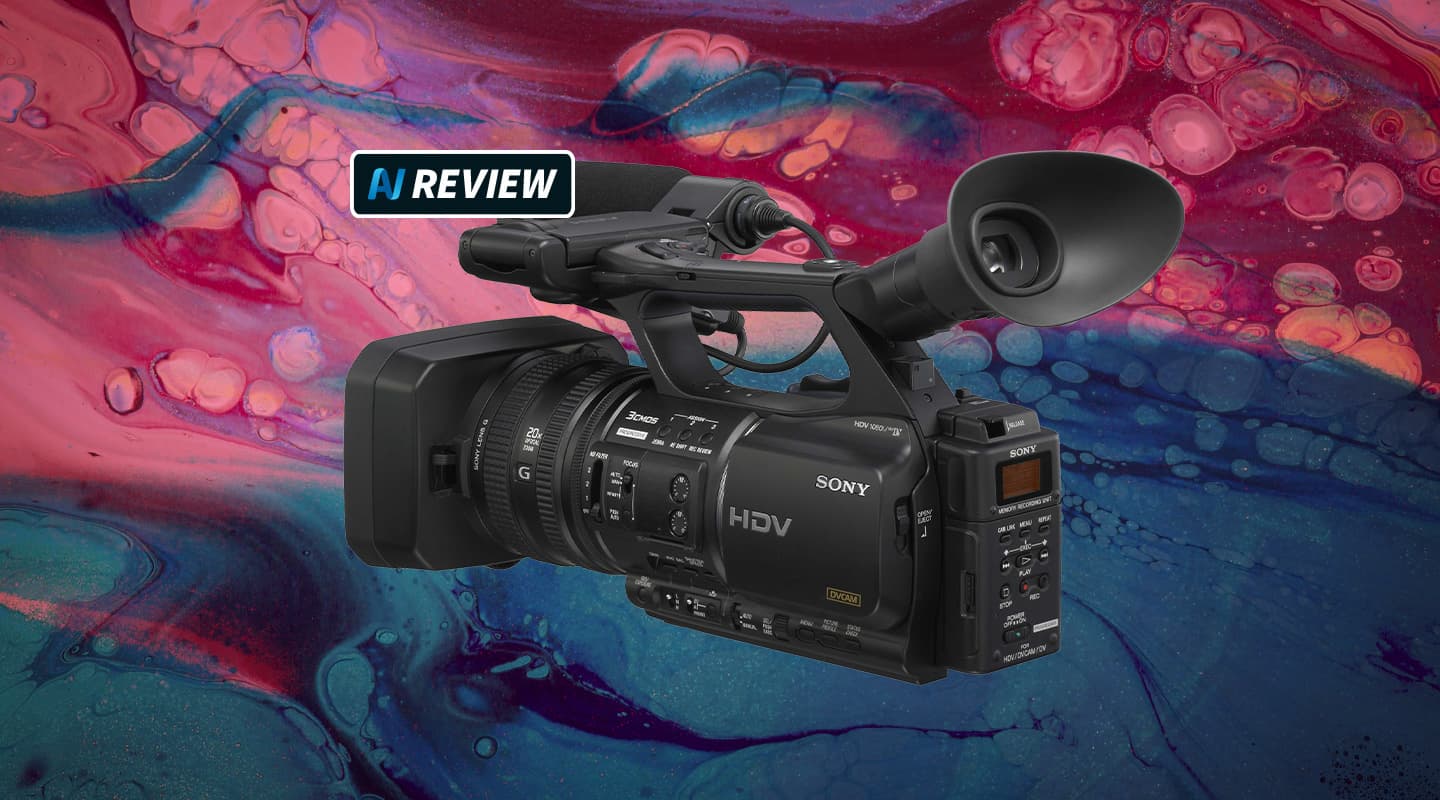
Review: Sony HVR-Z5P & HVR-MRC1K
Sony has played its cards right.
Review:/ Mark Davie
Recently at the Integrate exhibition we had a handful of cameras recording seminar sessions, roving around with our interview ‘SWAT team’ and just generally documenting the show for posterity. The mixed bag of cameras included the tape-based Canon XL2, Canon XH A1, and Sony HVR-Z1U, as well as a hot-off-the-press Sony HVR-Z5P with an optional HVR-MRC1K Memory Recording Unit. Now back at base, the hubbub of the show has tapered off to a gentle burble, leaving behind the formidable task of capturing over 40 hours worth of DV and HDV footage from a box of miniDV tapes. Obviously, there are better ways to do this sort of thing; capturing to a deck on-the-fly would have been a simple answer, as would have replacing those aforementioned tape-based cameras with three more Z5s.
SENSE A CHANGE
Sony’s Z5 high-definition ‘professional’ HDV camera is a direct replacement for the Z1 and retains a similar form factor of top-mounted LCD and fixed lens. However, there are some major revisions in this update, as Sony has shifted from the CCD sensors it had long been using in its professional range, to the new ¹/³ -inch ClearVid Exmor CMOS sensors derived from its professional line of digital SLRs. The main advantage of the Exmor CMOS over previous CMOS designs and CCDs is its onboard analogue to digital (A/D) conversion. As opposed to processing via an external converter, its onboard column-parallel A/D conversion technique lends the Exmor a much faster data transfer capability, allowing additional features such as smooth slow recording and lower power consumption. Sony has also implemented a dual noise-cancelling technique that operates both before and after the conversion process, achieving a low light sensitivity of 1.5lux at a shutter speed of 1/25sec. This is much better than the Z1’s performance of 3lux, and a full f-stop closer to the 1lux performance of the standard definition Sony PD-150.
The sensor system also has a 45-degree rotated pixel layout to increase signal density with a separate Enhanced Image Processor that interpolates and extracts pixels. The sensor records a native 1080/25p image that is available directly out of the i.Link interface, but is recorded to tape as a 50i signal through a 2:2 pull-down conversion. It can also down-convert in the camera for simultaneous SD output while recording HD to tape. There’s also a HDMI output for HD monitoring.
TOP OF THE GLASS
Instead of Carl Zeiss lenses, Sony has started using its own high performance G lenses, building on the expertise in top-of-the-range optics inherited from Konica Minolta. The lens on the Z5 has a 29.5mm wide angle with 20x zoom and an aperture of f1.6 at its widest through to f3.4 at the full extent of its zoom. Its aperture, combined with 10 stepped gain settings from -6dB up to +21dB makes the Z5 a capable performer in low-lit environments. Three built-in ND filters of ¼, 1/16 and 1/64 allow control over the depth of field outdoors and in well-lit spaces. The lens has a 10-group, 15-element structure and is sharp throughout the zoom range with very minimal distortion at wide angles.
The LCD preview has 921,000 pixels as opposed to 250,000 on the Z1, and an XtraFine electronic viewfinder with 1,227,000 dots, making it easier to achieve accurate focus. Another key layout change sees all key audio functions, including input select, manual or auto control, and gain settings, as hardware controls. The iris control is now a ring around the lens like a pro camera, similar to the zoom and focus rings, instead of a knob beside the main shaft. The iris control can also be switched to an overall exposure control that simultaneously adjusts the iris, gain and shutter, when any one of these is changed. This provides a painless automatic means of maintaining overall exposure while varying the depth of field.
PAINLESS WORKFLOW
But back to the dilemma of logging all those tapes. The main reason the Z5 was a godsend among its rivals, is its ability to record direct to Compact Flash. Unfortunately the HVR-MRC1K memory recording unit is an optional extra for the Z5, but Sony provided one for the review, meaning everything recorded on the Z5 at Integrate was dumped directly into Final Cut Pro on my laptop at the show, taking far less time than it does to dub a tape. The memory recording unit can capture 1080p off the sensor, HDV, DVCAM or DV. It can record synchronously with the tape in HD, or a down converted SD version while the tape records in HD, it can record standalone without the need for tape, and it can also be used to record while a tape is being changed. For those that already have a Z1, or other suitable Sony camera, this nifty little unit can be added to your setup. But the beauty of using it with the Z5 is that the recording unit clips neatly to the rear of the chassis and runs off the camera’s power — no extra battery or messy i.Link cable required.
Sony’s HVR-Z5P is a refined replacement for the Z1 with a competent lens, improved control layout, greater low light performance, and the optional extra of recording to Compact Flash media without sacrificing the tried and true workflow of tape. And after spending three days running around shooting everything under the Hordern Pavilion, I wouldn’t hesitate to recommend the Z5’s tapeless workflow.
MORE INFO
PRICE
HVR-Z5P $7400 (ex GST)
HVR-MRC1K $1400 (ex GST)
CONTACT
www.sony.com/production

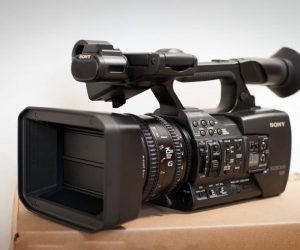
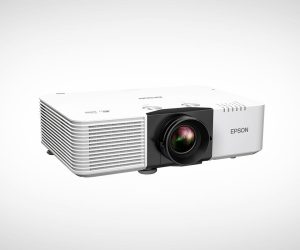
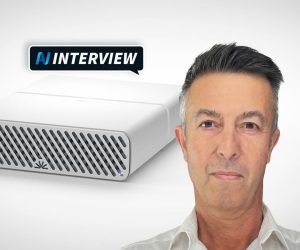


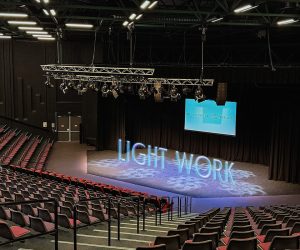
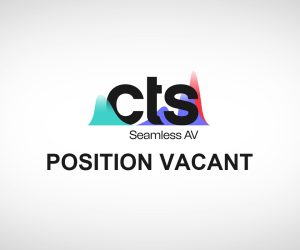




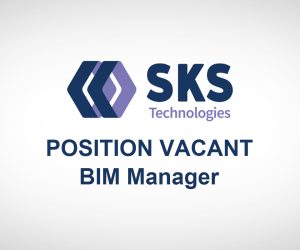


RESPONSES